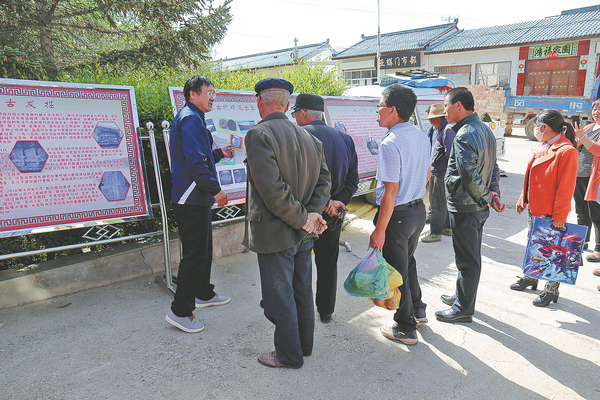

He searched for the best painting mounting masters in Ningxia to study the painting and eventually found one who was able to relocate it safely.
"Not a single piece of the museum's collection should be missing, and each one must be carefully protected," Liu says.
Visitors can see thousands of precious cultural relics at the Longde Museum now, and those from the Neolithic period have taken up considerable space, ranging from pottery jars and stone knives and chisels, to bone needles and awls.
Liu has meticulously documented each cultural relic at the facility, and has completed more than 5,000 records, taking thousands of photographs to give each artifact its own ID card.
His achievements won him the title of advanced worker in the national cultural relic work system, granted last year by the Ministry of Human Resources and Social Security and the National Cultural Heritage Administration.
It was through those tasks that Liu gained a better understanding of cultural heritage protection and local history.
He has also got a good measure of the charm of cultural preservation, becoming more cautious in his work.
"Behind every cultural relic, there are many historical stories. By understanding them, I can feel the minute details of history," Liu says.
To popularize knowledge about culture relics, Liu further organized his findings and notes, publishing a book, Cultural Relics Chronicle of Longde County. He also wrote a 50,000-word narration and trained tour guides to better tell the stories of the cultural relics in Longde.
Now, as long as Liu has time, he will go into the field, searching, in particular, for traces of the Yuezhi people, who were first reported to have lived in the west of today's Gansu province during the Han Dynasty (206 BC-AD 220).
"The historical records clearly state that they resided in this area," Liu says.
"If evidence of that can be found, the history of Longde will extend even further back — to the Han Dynasty," he adds.
Contact the writers at yangfeiyue@chinadaily.com.cn